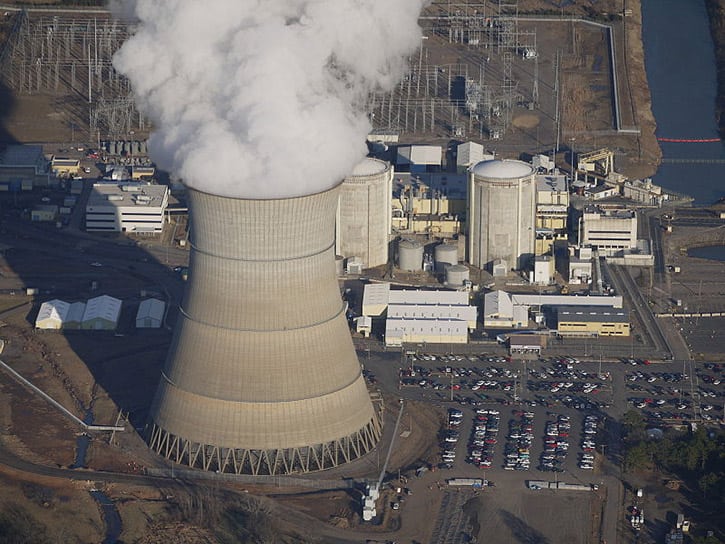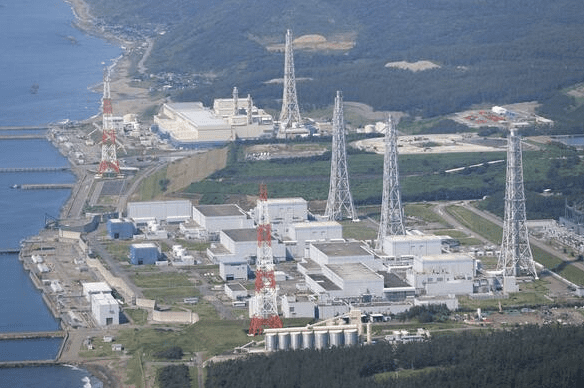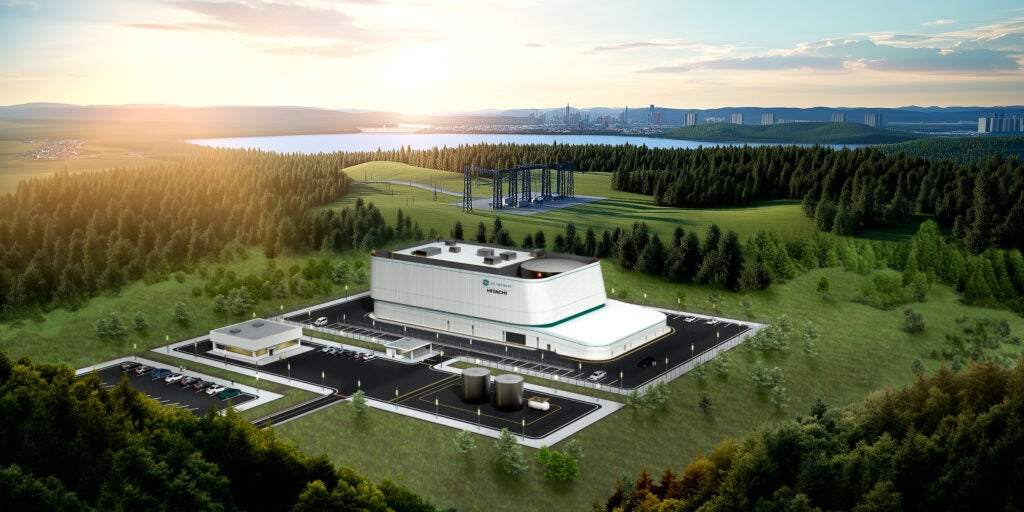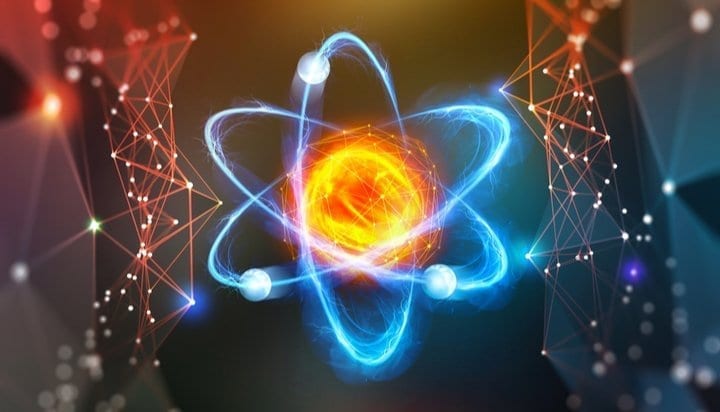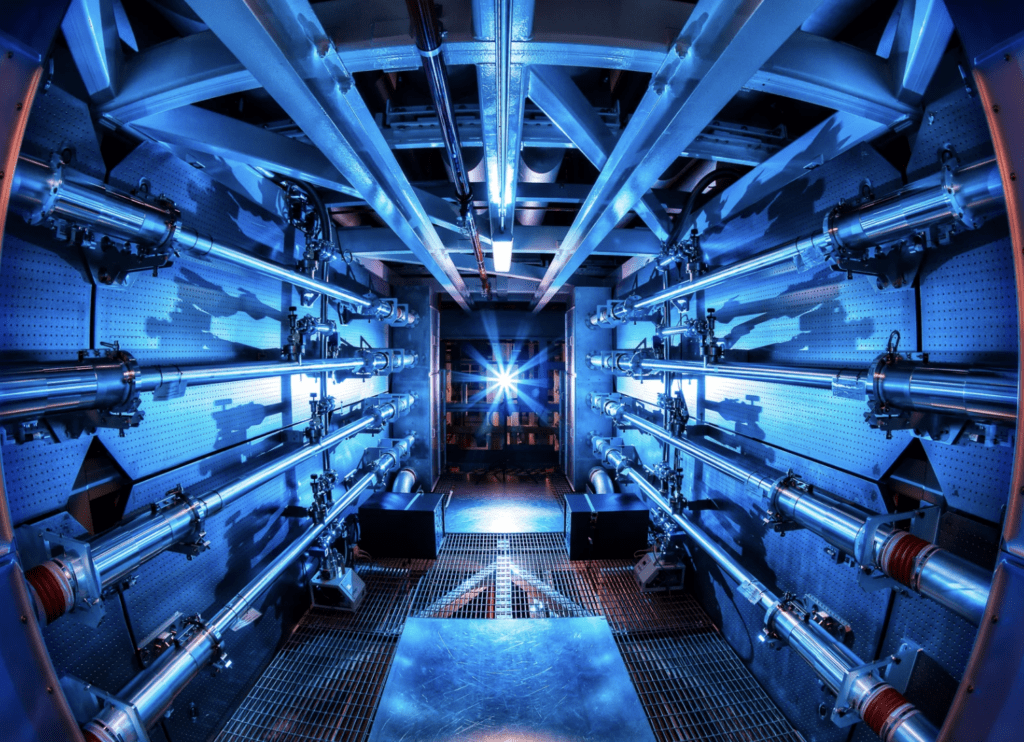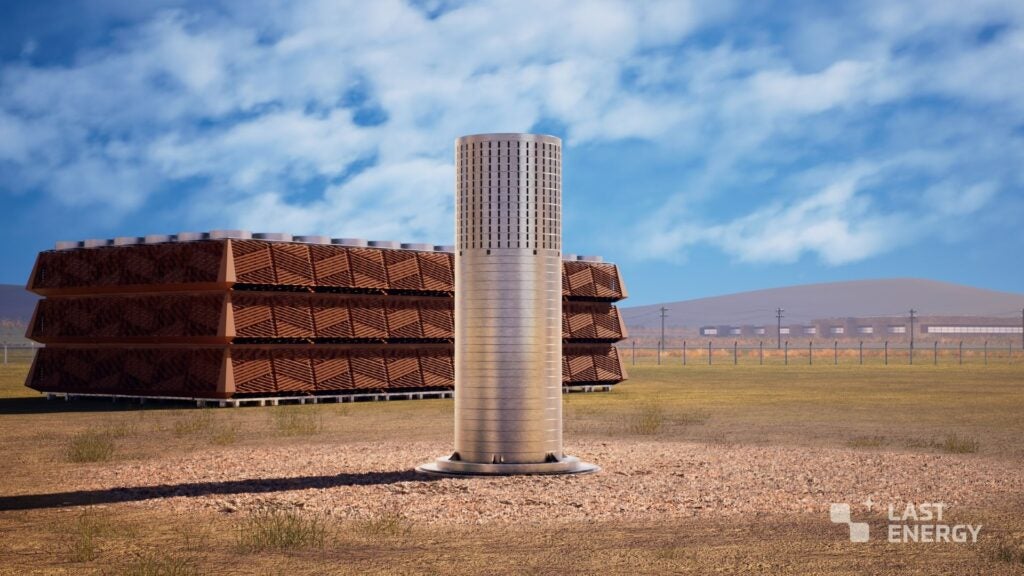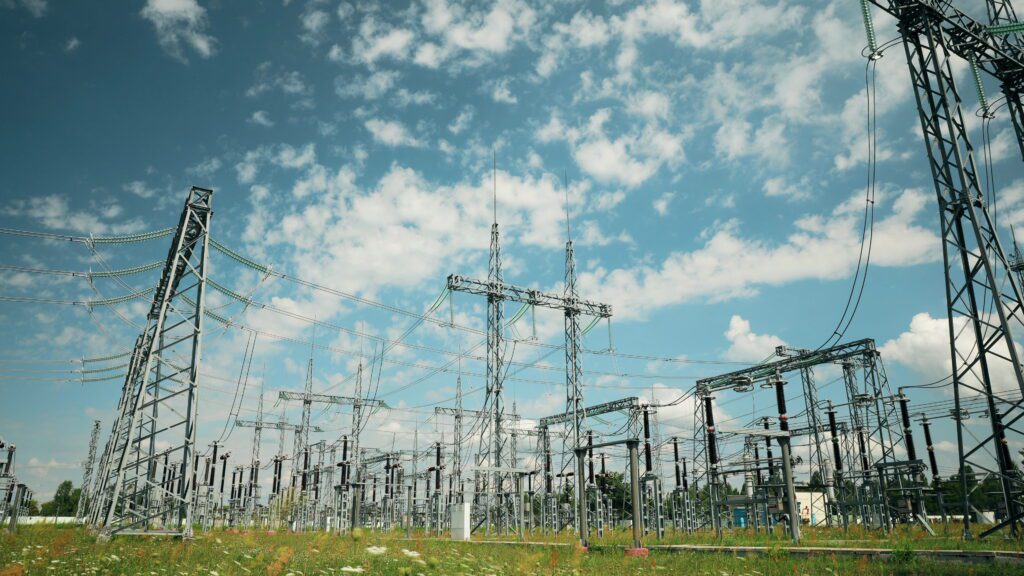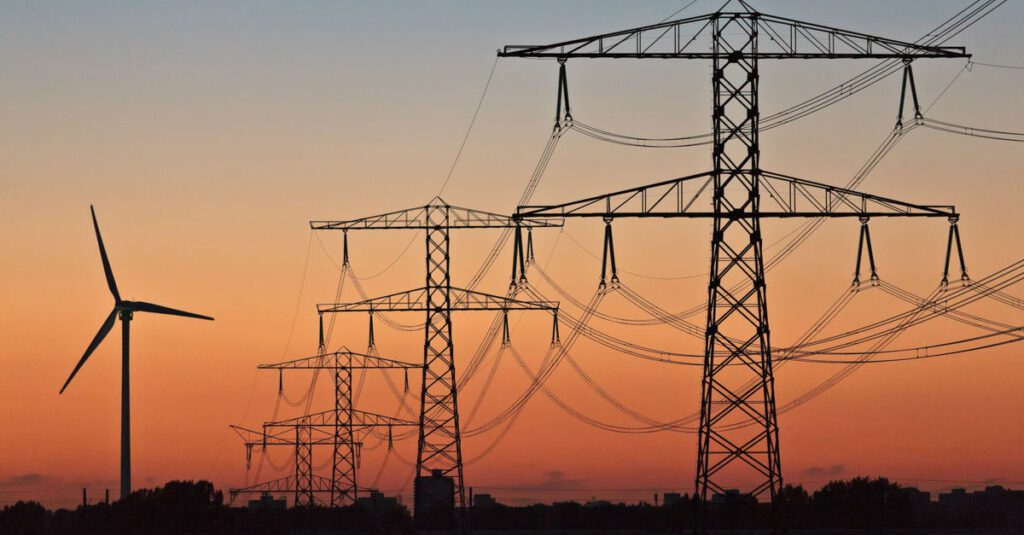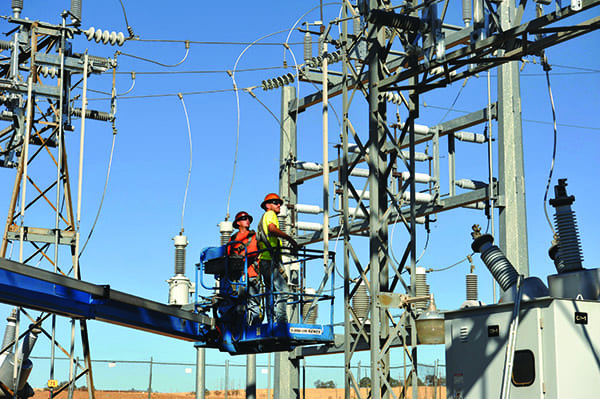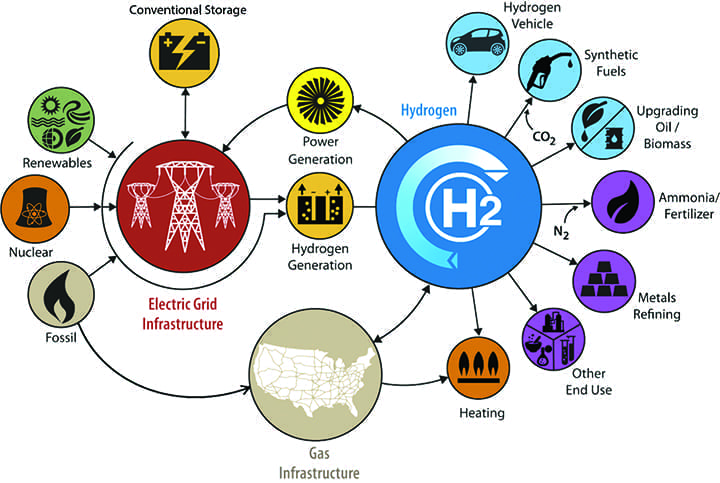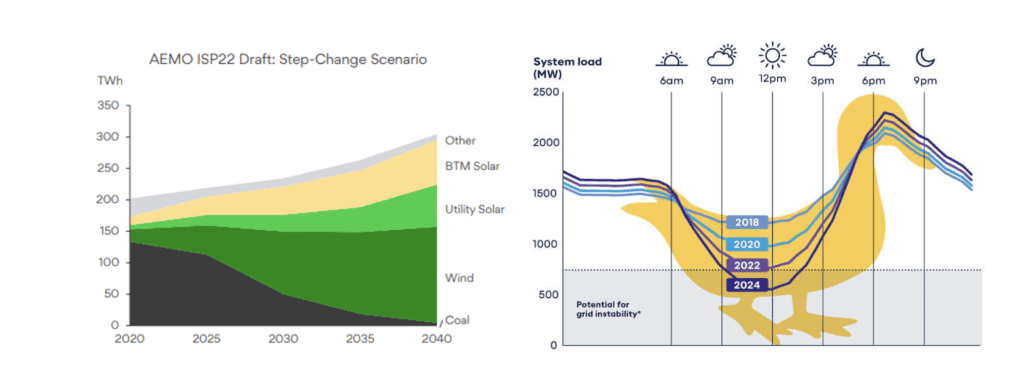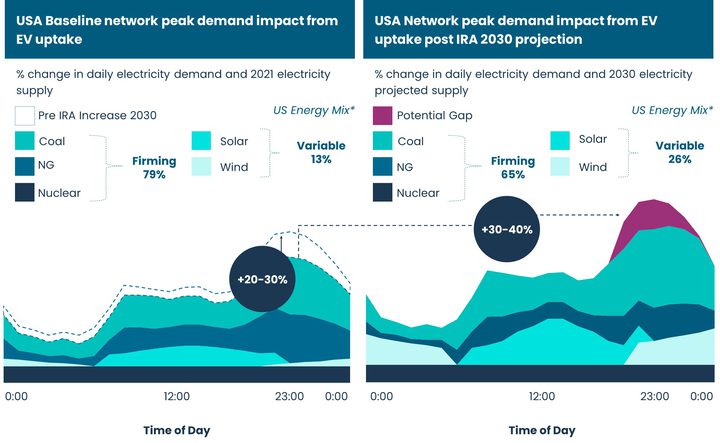The decarbonization of our global economies is a must to arrest climate change and create a sustainable future for everyone. Yet, the transition off fossil fuels to a more sustainable economic foundation will be rocky. Recent events underscore both the need and the challenge.
This year, Europe experienced its warmest summer in history, with almost twice as many wildfires as normal and catastrophic floods in Germany and Belgium. In the U.S., nearly one in three Americans experienced the repercussions of extreme weather. Climate change is “widespread, rapid, and intensifying, and some trends are now irreversible,” the United Nations states.
Meanwhile, soaring gas prices and low wind output prompted the UK to fire up an old coal power plant—the most carbon-intensive of all fossil fuels, which the UK says will be phased out in 2024—to meet its electricity needs. In China, too, power shortages are spurring fears of too much too soon in terms of limits on coal.
These competing realities—an urgent need to arrest climate change while there’s still time and the need to keep energy supplies flowing at affordable levels—will require new ways of working. Energy industry collaboration is needed so that power supplies flow, prices remain in check, and the transition advances to everyone’s benefit. The United Nations’ upcoming climate change conference, COP26, will set goals and deadlines, but the real work of transforming the power grid will fall upon energy network operators and utilities.
Banding Together to Move as Fast as Possible
That’s why Alliander, the largest energy distributor in the Netherlands, and RTE, the largest transmission operator in Europe, are working together via the LF Energy Foundation to rapidly build the digital tooling to enable onboarding of renewable energy, which is the key to overhauling the grid and slowing climate change. LF Energy, a subset of the nonprofit, open source Linux Foundation, provides a home to nurture cutting-edge open-source software aimed at decarbonizing our energy infrastructure. By working together on technological solutions, and adopting an open-source software strategy that maximizes security, flexibility, agility, and interoperability, we effectively speed our software innovation by 10 times what we could do alone.
IBM isn’t an energy company, but it sees open-source innovation as critical to the future of 5G, the next generation wireless networks. “To unlock the full potential of 5G, these technologies must rely on open interfaces and open source-driven cloud technologies. In short, 5G must be ‘open’ so that a diverse pool of suppliers can compete to develop the most innovative, secure, and cost-effective products,” IBM states.
The same dynamic exists in energy, where partnerships have, so far, been rare. Instead, 8,000 distribution and 250 transmission utilities largely operate separately. But collaboratively, and grounded in open source, is the new way of working that’s needed given the urgent challenges at hand.
The power grid is effectively the largest machine on earth. To overhaul it will require collaboration among the entire energy ecosystem. No one company, entity or even country, can do this alone.
Speeding Renewable Adoption
For now, Alliander and RTE are working on projects to enable greater, faster adoption of renewables. The interface between the transmission and distribution systems, where high, medium, and low voltage coordinates, is the Holy Grail of the future of power system networks. If we are to transform our economies, we need this relationship between transmission and distribution to be smooth, responsive to market signals, and directed by software technologies that largely do not yet exist.
Via LF Energy, our companies collaborate on two major projects, SEAPATH and CoMPAS. Both aim to make electrical substations more modular, interoperable, and scalable, so they can better alleviate the challenges associated with renewable energy sources, which are less predictable. With more nimble substations, the grid will remain more stable as supplies and demand shift. Other LF Energy software projects innovate on electrifying transportation, improving grid automation, reducing grid congestion, tracking energy efficiency, increasing grid resilience, opening markets, facilitating carbon certificates, improving data monitoring and analysis, and optimizing network operations.
Collaborate or Sink
There’s an urgent need for many more companies, and many more projects. Microsoft, for example, is involved in 23 Linux Foundation open-source projects and recently joined LF Energy to build open technologies to decarbonize the electricity grid. As LF Energy members grow to include traditional utility original equipment manufacturers like GE and Hitachi ABB, those technologies are more likely to be adopted and spread faster throughout the energy ecosystem.
Such innovation and speed will be critical. The transition from centralized fossil-fuel generation to renewable and distributed energy will mark the most significant reimagining of power systems in more than 140 years. Since nearly all aspects of life will be touched by the transition, our future rests on collaboration that will enable the evolution of the marketplace, driven by competition and accelerated by innovation. Together is the only way we’ll succeed.
—Lucian Balea is research and development program director, and open-source manager at RTE, as well as a strategic member representative and board chair with LF Energy. Arjan Stam is director of System Operations at Alliander, as well as a strategic member representative and board treasurer with LF Energy.




